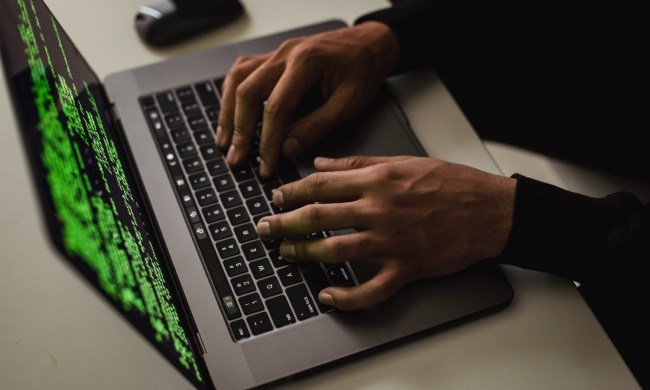Apple has been running a self-service repair program that lets you fix up your devices yourself since April 2022, but it’s always been a little bit hobbled. Now, though, Apple has expanded the program to include some of the latest devices available in what could be a boost to the right-to-repair movement.
Starting today, the program will include the M2 13-inch MacBook Air and the M2 13-inch MacBook Pro, as well as the entire iPhone 14 lineup. That means if you want to repair one of these products, Apple will provide you with official parts, tools and instructions to help you do it. Previously, you couldn’t do this yourself with Apple-approved parts, despite the devices being available for many months.

Teardowns of Apple devices have frequently highlighted how complicated it is to take them apart and access internal components. Teardown experts iFixit, for example, recently scored the 15-inch MacBook Air just 3 out of 10 for repairability. Expanding the repair program won’t change that, but it will make it possible to service more products yourself if you’re that way inclined.
Apple also announced that it would make its System Configuration process easier to use. This is used when replacing iPhone batteries, displays, and cameras, and ensures that repairs done with genuine parts were carried out correctly.
Apple says that “Self Service Repair users can now initiate System Configuration by placing their devices into Diagnostics mode and following on-screen prompts. Users no longer need to contact the Self Service Repair support team to run the final step of a repair, but the team will still be available to assist as needed.”
That should make repairing an Apple device a little quicker and simpler, without requiring you to contact Apple’s support team to finish the job.
Not for everyone

Finally, Apple explains that “Self Service Repair will also be available for the True Depth camera and top speaker for the iPhone 12 and iPhone 13 lineups — as well as Mac desktops with M1 — in the U.S., Belgium, France, Germany, Italy, Poland, Spain, Sweden, and the U.K.”
Given the highly complex internals of Apple’s Macs, iPhones, and iPads, self-service repair probably isn’t on the minds of most Apple users. The company implies that its program is intended for people with “experience repairing electronic devices,” and that “visiting a professional authorized repair provider with certified technicians who use genuine Apple parts is the safest and most reliable way to get a repair” for the “vast majority” of users.
If you want to get started with Apple’s program, the best place to start is to order parts from the official store and follow the instructions in Apple’s Self Service Repair portal.




